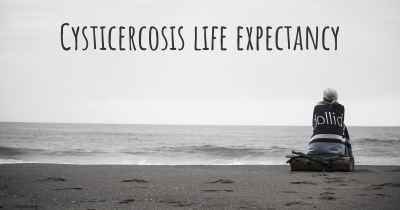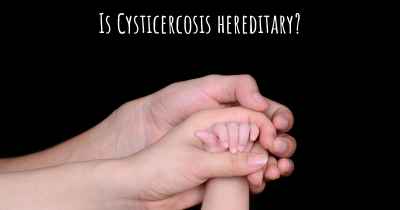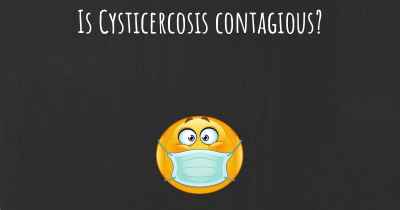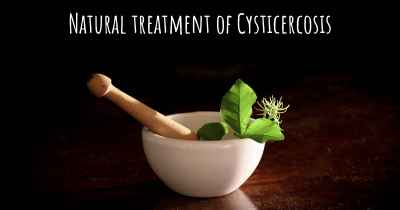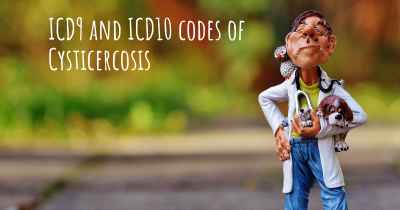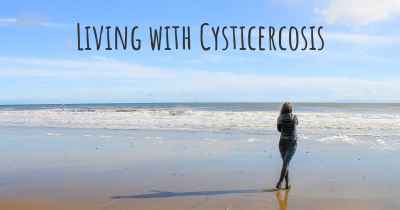What are the latest advances in Cysticercosis?
Here you can see the latest advances and discoveries made regarding Cysticercosis.
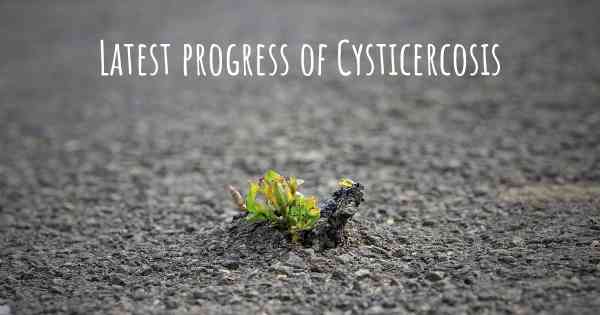
Cysticercosis is a parasitic infection caused by the larval stage of the tapeworm Taenia solium. It primarily affects the central nervous system, muscles, and other tissues of the human body. Cysticercosis is a significant public health concern in many developing countries, particularly in Latin America, Africa, and Asia. Over the years, there have been several advances in the diagnosis, treatment, and prevention of this disease.
Improved diagnostic techniques: Early and accurate diagnosis of cysticercosis is crucial for effective treatment and control. Traditional diagnostic methods include imaging techniques like computed tomography (CT) and magnetic resonance imaging (MRI) to detect cysts in the brain or other affected organs. However, these methods can be expensive and may not be readily available in resource-limited settings. Recent advances in serological tests, such as enzyme-linked immunosorbent assay (ELISA) and immunoblot assays, have shown promise in detecting specific antibodies against Taenia solium in blood samples. These tests are more affordable, accessible, and can aid in the diagnosis of cysticercosis, even in areas with limited resources.
New drug therapies: Treatment options for cysticercosis have traditionally relied on anti-parasitic drugs like albendazole and praziquantel. While these drugs are effective in killing the parasite, they may not completely eliminate the cysts, especially in the central nervous system. Recent studies have explored the use of combination drug therapies, such as albendazole plus praziquantel, to enhance treatment efficacy. Additionally, researchers are investigating the potential of novel drugs, such as nitazoxanide and artemether, which have shown promising results in animal models. These advancements in drug therapies offer hope for more effective treatment of cysticercosis and reducing the burden of the disease.
Vaccine development: The development of a vaccine against Taenia solium could be a game-changer in the fight against cysticercosis. Vaccination has proven to be a successful strategy in controlling other parasitic infections, such as malaria and schistosomiasis. Researchers have made significant progress in identifying potential vaccine candidates, including recombinant proteins and DNA vaccines. These vaccines aim to stimulate the immune system to recognize and target the parasite, preventing the development of cysts and reducing transmission. While vaccine development is still in the experimental stage, these advancements hold great promise for the future control and eradication of cysticercosis.
Prevention strategies: Alongside improved diagnostics and treatment, prevention plays a crucial role in controlling cysticercosis. Public health interventions have focused on educating communities about proper hygiene practices, including handwashing and proper sanitation, to reduce the risk of contamination with Taenia solium eggs. Additionally, efforts are being made to promote safe pig farming practices, as pigs are the intermediate hosts of the tapeworm. By implementing measures such as regular deworming of pigs and proper meat inspection, the risk of human infection can be significantly reduced. These preventive strategies, combined with advancements in diagnostics and treatment, contribute to the overall control and elimination of cysticercosis.
Conclusion: The latest advances in cysticercosis research have brought about significant improvements in diagnosis, treatment, and prevention. The development of more accessible and affordable diagnostic tests, along with novel drug therapies and ongoing vaccine research, offer hope for better outcomes in the management of this parasitic infection. Additionally, public health interventions focusing on prevention strategies are crucial in reducing the burden of cysticercosis. Continued research and collaboration are essential to further advance our understanding of this disease and ultimately work towards its control and eradication.
